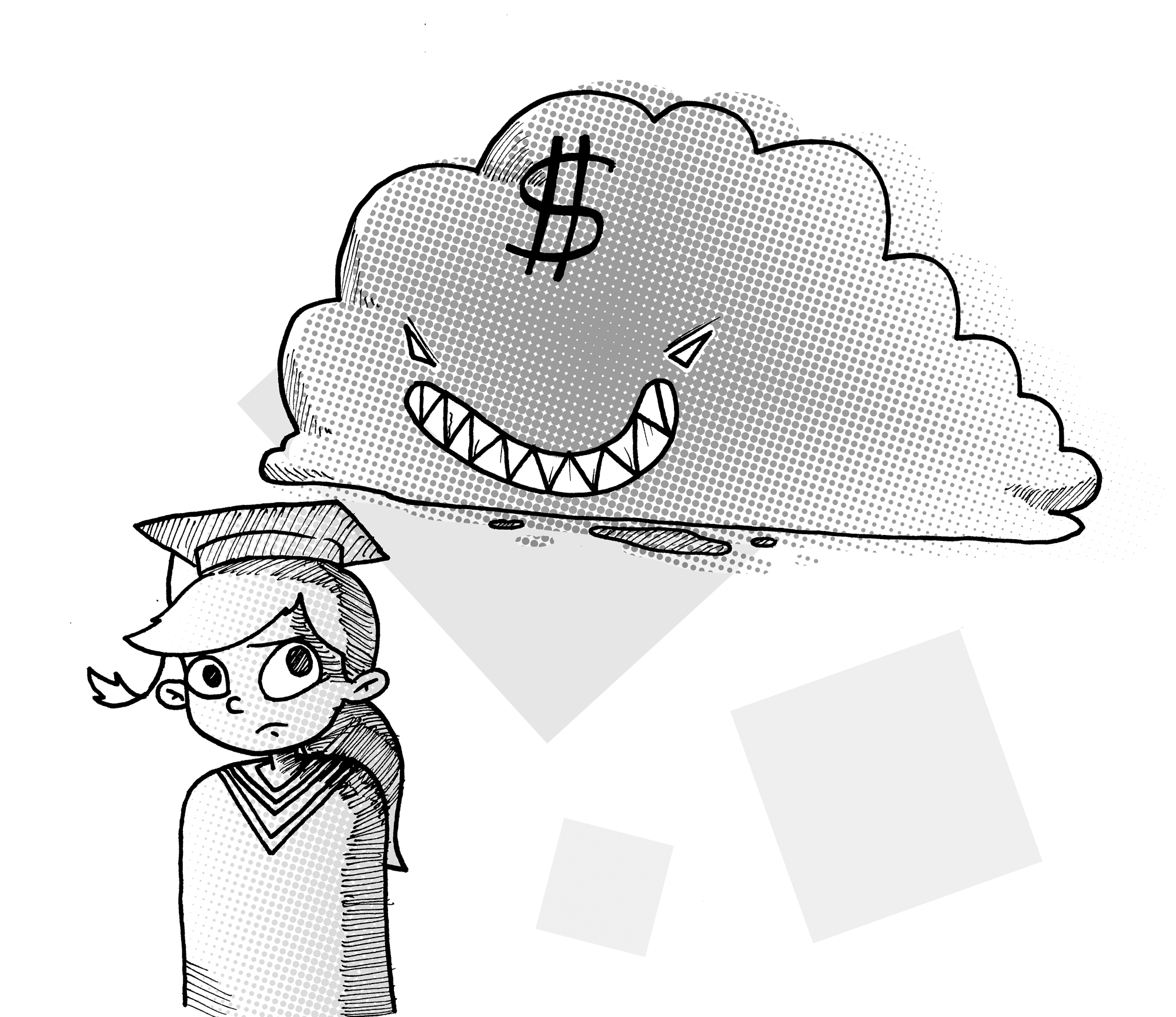Teresa Yung
Production Manager

Since the Liberals stepped in with a promise of a tuition cut of 30 per cent in the new year, students have been welcoming the change. It’s certainly a start, but it’s still a far cry from what we really need.
With this conditional 30 per cent cut, it is still uncertain how the provincial government plans to pay for it. In addition, it leaves behind one big factor that still hinders marginalized students coming from low-income families: loans and debt.
If we take a look at the current loan repayment system, marginalized students—the ones that need the loans in the first place—graduate needing more time to fully pay back their loans. And when it takes longer, the existing system means that they also end up paying more interest, and in effect, paying more for their education. Our current situation forces students to assume debt-based financial assistance in order to receive a post-secondary education.
In a 2005 report series, the Educational Policy Institute compared student loan burdens and repayment conditions for students in Canada, United States, Australia, Germany, and other countries. Looking to our international counterparts during repayment, students in Germany receive full nominal interest subsidy, meaning they pay no interest on their loans, while Australian students pay the real value on the loan, where the interest is equal to inflation. In the US, the report shows their current interest rate is 3.37 per cent, with students paying the government the cost of borrowing.
When I graduate, I am looking to face a punishing interest rate of prime plus 2.5 per cent, which works out to six per cent, at current market rate. Even though Canadians don’t pay interest while still in school, the report concludes that our situation could be relieved if we imitated our European counterparts in having a single, low-interest rate for the life of the loan, at little or no cost to the treasury.
Another important factor to consider is the length of the repayment period. Canada has the shortest amortization period, sitting at 9.5 years, compared to 15 in the Netherlands, 20 in Germany, 25 in Sweden, and a flexible period from 10 to 25 in the US, which allows students to choose their own repayment period.
Instead of forcing Canadian students to make large monthly payments under high interest rates, we should be given the option of an extended repayment period for those who need it. While it means higher total interest since Canadian student interest rates are not subsidized, the report notes that an extension of payments to 15 years would mean a 25 per cent decrease in monthly payments.
The continual underfunding in Ontario directly affects marginalized and low-income students, leaving them without fair access to a college or university education. Everyone already knows that Ontario students pay the highest tuition in Canada, but did you know that in 1979, the average tuition was $740? Although minimum wage was $3.00, students in that time were able to make enough to pay it off, and more, through a simple summer job.
I wish the same could be said today.


